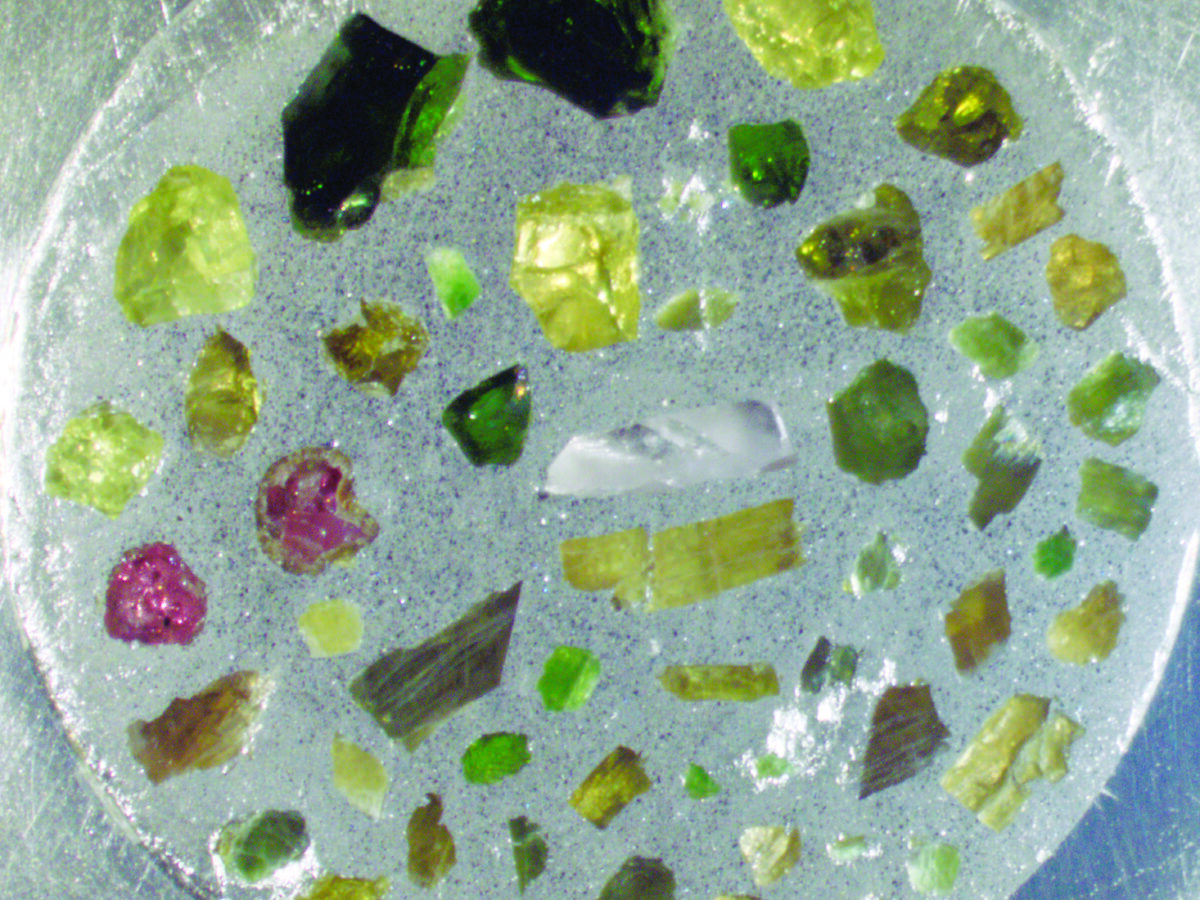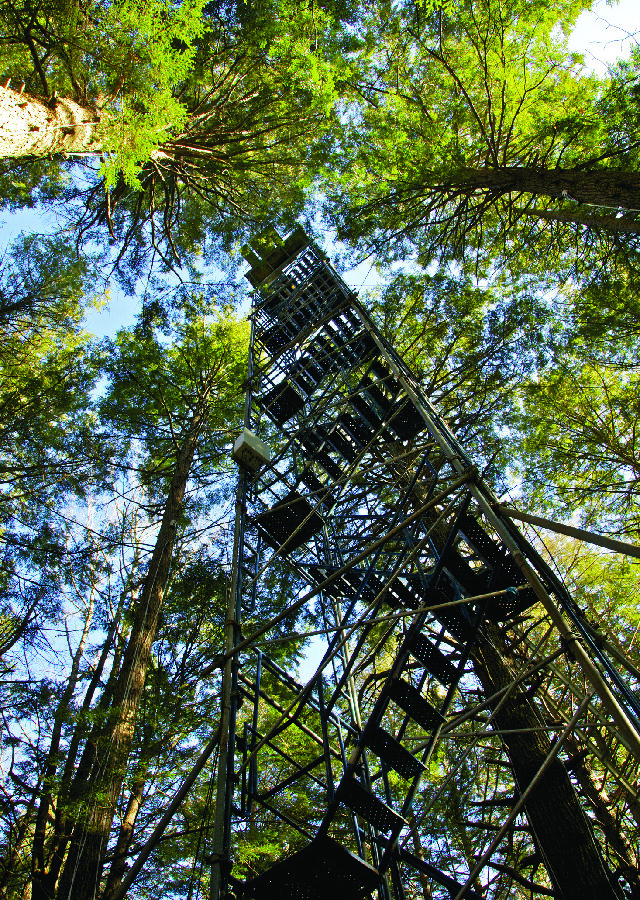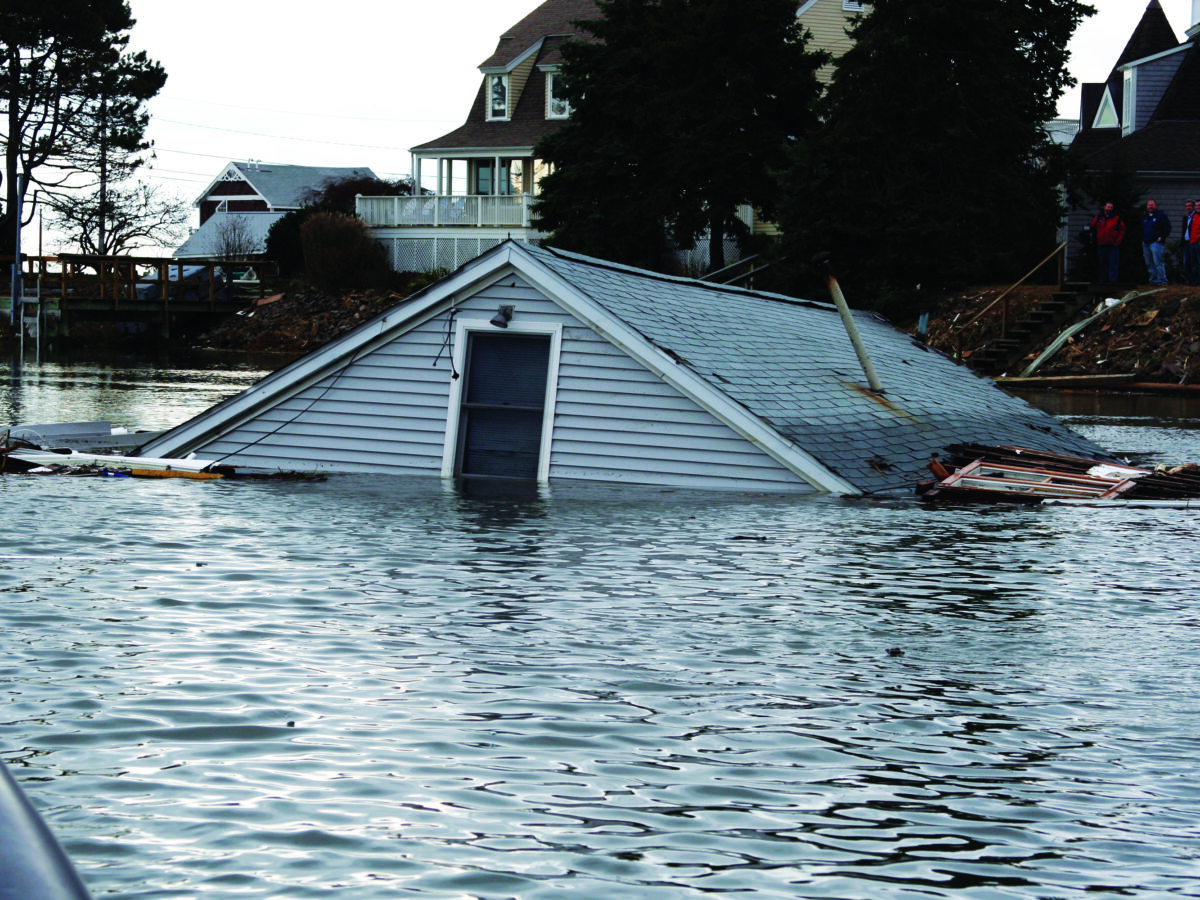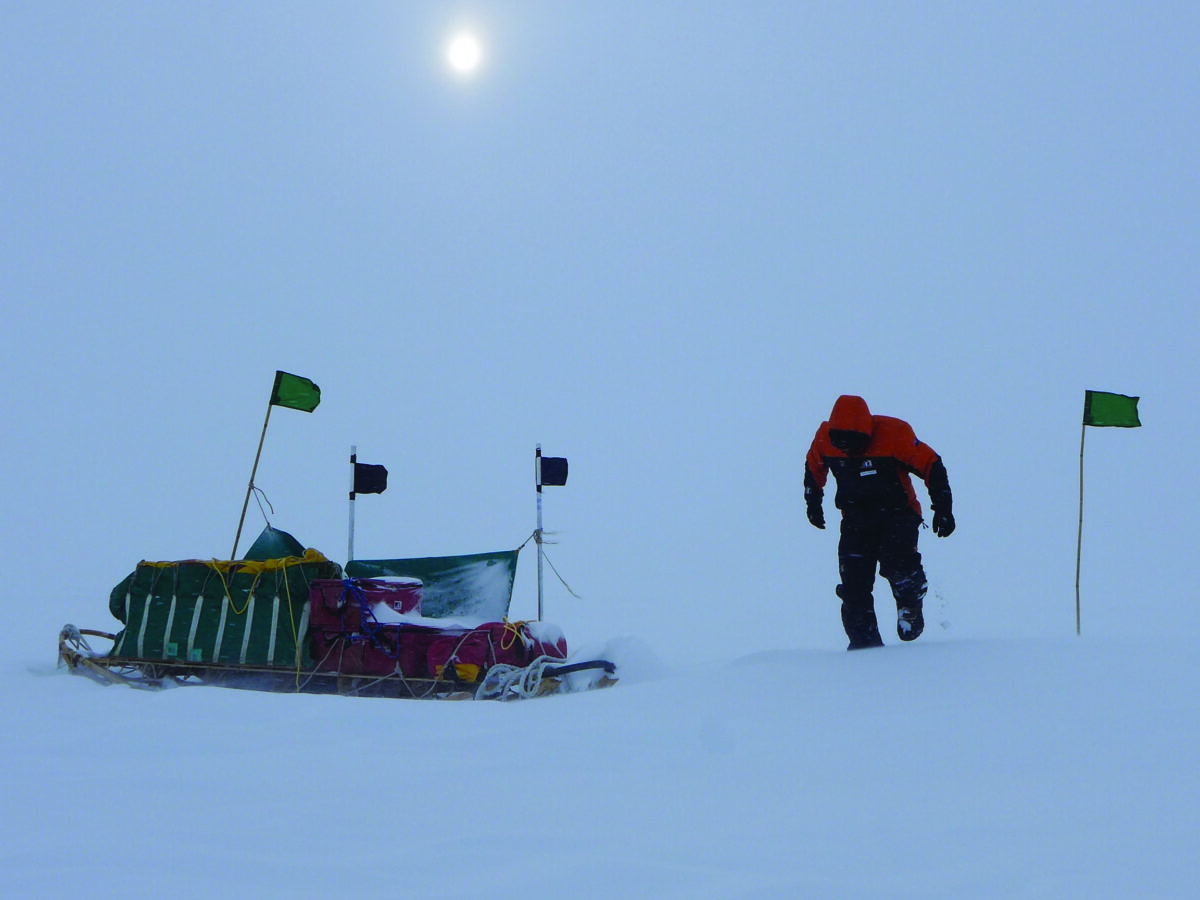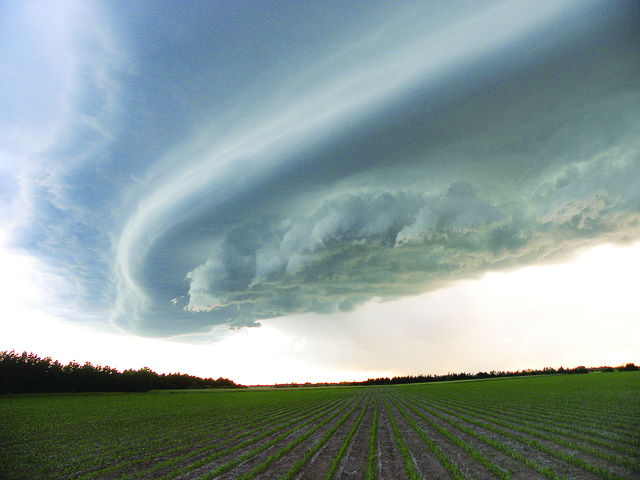Scientists suggest using the mineral pyroxene to study the water content of the Earth’s upper mantle.
AGU copyright 2014
A Remote Sensing Technique for Measuring Forest Composition
A new technique to remotely sense a forest’s tree composition using airborne observations.
How Should Flood Risk Assessments Be Done in a Changing Climate?
The common assumption that flood behavior is not changing over time causes water managers to undervalue flood protection benefits. A better method of risk assessment is proposed.
Tracking the Sources and Sinks of Antarctica’s Subglacial Waterways
Researchers examined the water flowing into and out of several Antarctic ice streams to determine the cause of a recent observed slowdown of some of these ice streams.
Proposed Satellite Would Improve Study of Cloud Physics
Researchers propose a new satellite that would help scientists study how cloud physics is affected by aerosols.
Who Benefits From Your AGU Donation?
When you give to AGU, you are giving to programs and initiatives that affect you, your fellow scientists, and the entire world.
Building International Research Partnerships in the North Atlantic–Arctic Region
An International Planning Workshop for a North Atlantic–Arctic Science Program;
Arlington, Virginia, 14–16 April 2014
Understanding Arctic Ocean Processes Under Changing Ice Cover
Observing Upper-Ocean and Sea-Ice Interactions in the Eastern Arctic Ocean;
Arlington, Virginia, 23–25 April 2014
Future Mars Rovers: The Next Places to Direct Our Curiosity
Where will the next Mars rovers will land? Think of the selection process as the science fair to end all science fairs, where participating scientists get first looks at the newest Mars data.
Decades-Old Sediment Cores Complicate Cascadia Earthquake History
Scientists have long known that the Pacific Northwest is vulnerable to massive earthquakes, but newly unearthed data raises questions about the strength and frequency of these quakes.

